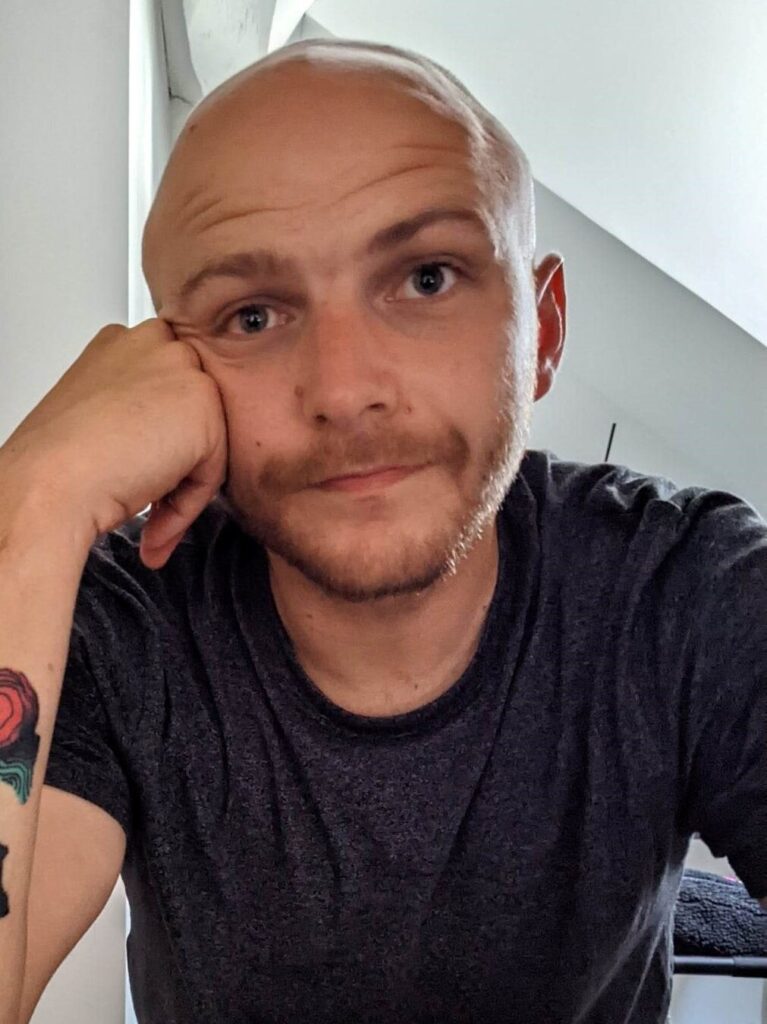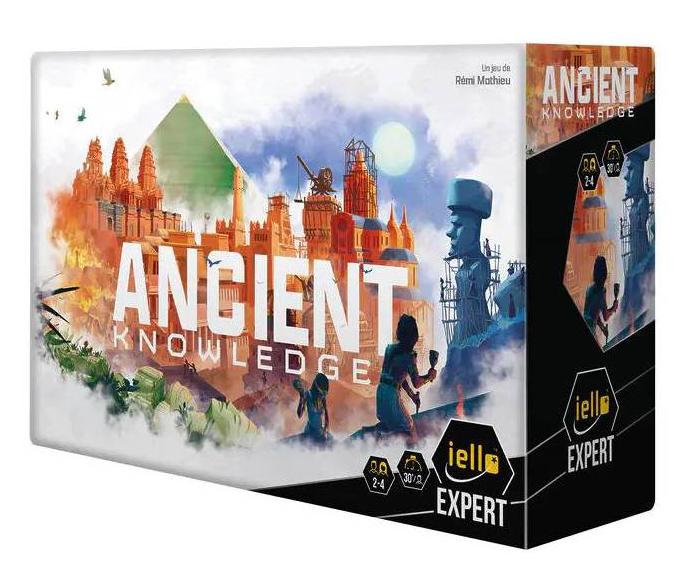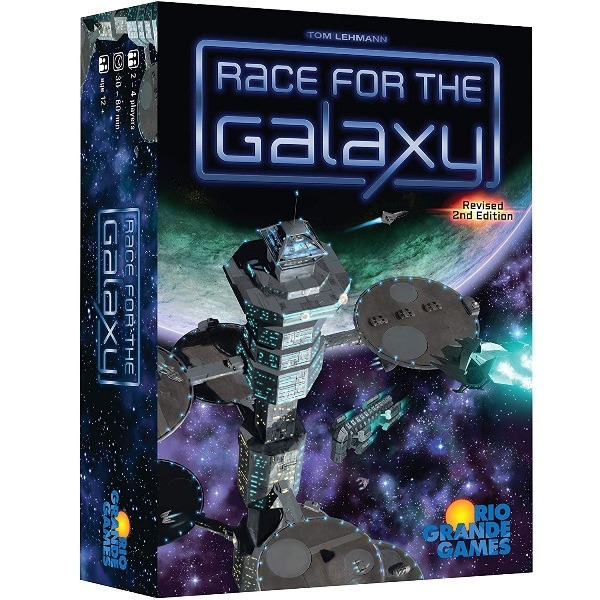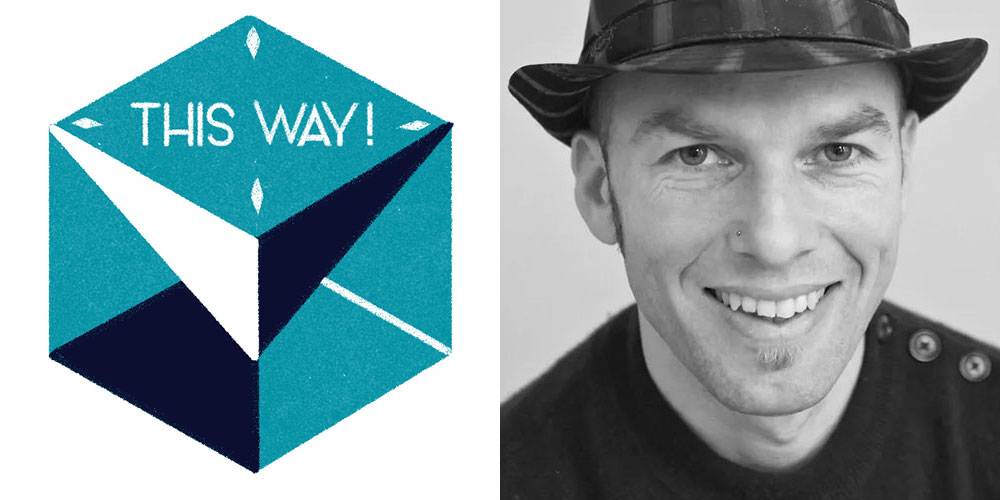Hello again Explorers!
This is Anton, from This Way — back again with another interview!
This time we’re very excited to introduce This Way’s newest team member… Rémi Mathieu!
Rémi is the designer of the boardgame Ancient Knowledge (and its expansion Heritage), and will be co-designing This Way’s next game, ARCTICA.
Previously Rémi was working at IELLO as Project Manager and Internal Game Designer for the past 2 years.
As This Way’s new Head of Development, Remi will not only be involved in designing some of This Way’s games, but also sourcing and developing new game designers and projects for This Way!

I wanted to get to know Rémi a little better, as I’m sure all of you do too — so let’s get on with the questions, shall we?
Can you tell us a little bit about your background and work experience, and what kinds of things you did for IELLO when you worked for them?
I’ve had a rather chaotic professional life. It took me 36 years to find my way. 🙂
I studied engineering and then became a waiter in a restaurant. Then I became a high school supervisor and then a math teacher. It was then that I created the game Ancient Knowledge and signed with IELLO. Today, we can say that this game changed my life completely, because 2 years later, IELLO hired me as a full-time in-house game designer. I created 3 in-house games for them: Mime Battle (a mime game), POCK (a wooden outdoor game) and a secret project. I was also project manager on several of their games: LUZ by Taiki Shinzawa, FIFTY by JinWoo and Docteur Neutron by Roberto Fraga.

What inspired you to start designing board games or work in this industry?
The most inspiring thing for me as a game designer is… games!
I’ve been playing games for over 20 years (when Carcassonne was released). I’m a big hyperactive monomaniac. And so because I loved discovery, I spent twenty years building up my gaming culture. I’ve always had a creative side, and I remember inventing the rules of the games my father had at home rather than reading them. Creativity and playfulness help a lot. You’re inspired by what exists to create what doesn’t exist.
What are your own favorite types of board games? Do you have genres, mechanics, or a “weight” (in complexity) that you’re drawn to?
My 5 favorite games are: Android Netrunner, Ark Nova, Nemesis, Terraforming Mars and Dominion. A fairly expert top 5, but over the last ten years or so, I’ve been enjoying lighter games more and more. Maybe because I have a little less time for long games. Lately, my big favorites are : HEAT, Captain Flip and LUZ.

Can you walk us through your personal design process when designing boardgames, from concept to final product? What comes first for you…. the mechanics, or the theme?
On my first projects, it was always the theme that came first. I have a theme and I try to stick a mechanic to it. I’m a very manual person, and I need physical objects to create. I cut out bits of paper and put tokens on them, which helps me a lot. I have a lot of ideas at night, just before I go to sleep: I imagine the game elements moving all by themselves in my head. 🙂
On my latest projects, it’s the constraints that have made it easier to create. When IELLO tells me: make an outdoor wooden game, the constraints are there and they help a lot. A designer should always work under constraints, it helps a lot to get started.
What inspired the concept of Ancient Knowledge? Were there any particular themes or historical elements that influenced your design?
For Ancient Knowledge, it all started with the theme. I’d read a lot about ancient civilizations, and I’d always been fascinated by their ability to create. I wanted to turn it into a book, but it became a game. Although you don’t necessarily get a strong sense of the theme in AK, it was this theme that enabled me to come up with the main time-frame mechanic, with knowledge being lost if you don’t preserve it.

What are the core mechanics of Ancient Knowledge that you feel set it apart from other games?
The timeline and the cards that slide into the past with each turn. I came up with this idea in the shower, but I knew right away that it would work. After searching for more than 2 years with no result, this mechanic arrived almost by chance. I think I’d use it again elsewhere, as it’s a great way of representing the passage of time. I might even have an idea in mind already. 😉
Are there any specific boardgames (or other types of entertainment) that have influenced your design style?
For Ancient Knowledge, it was Race for the Galaxy. I’ve always been impressed by the purity of this game. I wanted to create a game in the same vein: cards, a single type of resource, and quick setup time. Although RFTG is still a step above, I’ve succeeded to some extent.

What is the most rewarding aspect of seeing your game played by others?
I think it’s the most satisfying thing when it works, of course. I cried tears of joy when I signed Ancient Knowledge because it was 6 years of work coming to an end. When I saw the 10 gaming tables in Essen, my heart was filled. It’s an indescribable feeling.
What kind of trends do you see shaping the future of board games or the industry?
The industry is changing a lot. In France, we’re going through a growth crisis, and the industry is still finding its feet. But one thing is certain: we’re going to play more and more. There are two trends: more minimalist games under 30 euros, allowing everyone to afford a purchase (we’d rather buy 2 games at 30 euros than one at 60). Games that are simpler but always more innovative. It’s getting harder and harder to stand out from the crowd.
Crowdfunding projects are not dead either, as the core base of gamers remains. Average pledges are on the rise. Clearly, there’s something for everyone. But publishers will have to adapt constantly.
What advice would you give to someone looking to get into board game design?
Set yourself constraints.
Without constraints, it’s hard to create. The theme is one, but so are the materials, the mechanics, etc. And of course, test your creations quickly with people you don’t know. Staying within your closed circle is dangerous. An important piece of advice too: the first idea is never the right one: don’t hesitate to break everything down to see it again with fresh eyes.
Also, take the time not to think about it for months on end – it’s often when you’re on your own that the idea comes to you. 🙂
You are co-designing This Way’s next game, ARCTICA, with This Way co-founder Samson F. Perret. What’s the collaboration process been like, and have there been any particular challenges working with another designer?

It’s a different approach, but being two helps a lot. On your own, you can quickly get stuck in a pattern of thinking and see no further than the tip of your nose. Being two brings the necessary distance to design. When one brain fails, the other feeds it. 1+1=3 !
We know it’s very early stages, but what can you tell us so far (if anything) about ARCTICA, in terms of theme or mechanics, or what makes it special?
Unfortunately, I can’t talk too much about it yet, but it will be (I think) the first game where our resources are harvested automatically. It’s all about Tzolkin-esque wheels, a huge deck of unique cards, simultaneous actions and interaction. Gosh, I’ve said a lot.
Thanks so much for answering all of these questions! Any final words you’d like to say for This Way’s followers?
I can’t wait for the community to get its hands on our next baby: ARCTICA! See you in 2026!


